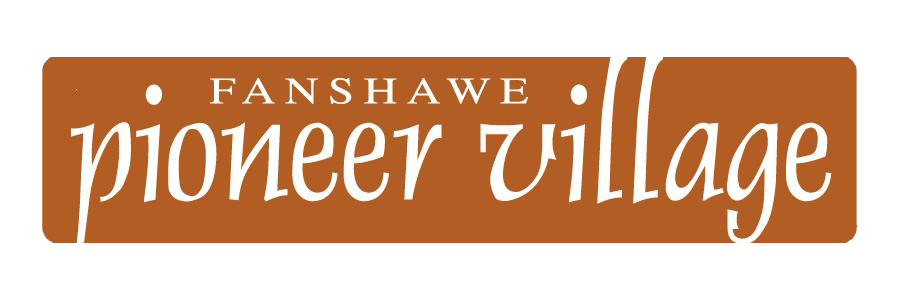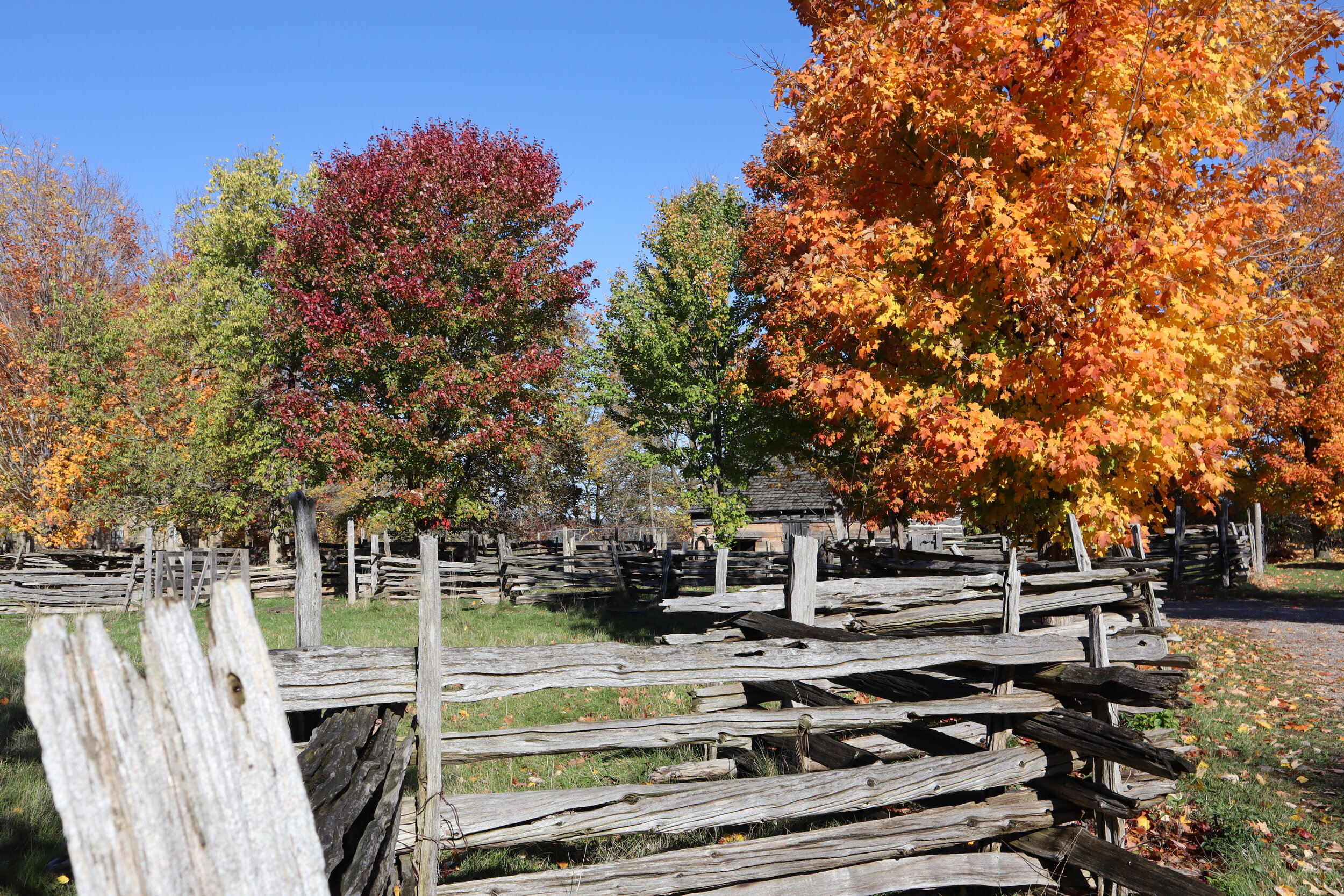Caverhill Stable
Original Building
West Nissouri Township
Middlesex County
Circa 1860
Originally the log home of the Weekes family, this building was used as a granary for many years after the family constructed a new frame house. Today it represents a stable on the Caverhill Farmstead and is home to the Village’s sheep, pigs, and ducks each season.
Once a family had successfully established their farm, it was common practice to replace their basic log home by constructing a new frame house on their land. The original log home could then be used as a granary or a stable for their farm animals.
The Caverhill Farmstead represents a mixed farming set-up that includes space for a variety of animals, crops, gardens, and fruit trees.
Mixed Farming
Farming was a well established industry by the 1830s with wheat being the main crop and source of income. By the mid-1850s wheat production began to decline due to crop disease and soil exhaustion. However, the “wheat boom” of the 1850s and the American Civil War in the 1860s increased demand for both wheat and barley (as well as livestock). Unfortunately, an economic depression followed the American Civil War, and changes to the Corn Laws, which regulated grain exports to Britain, drove wheat prices down.
The declining income from wheat sales forced experimentation with mixed farming. This form of farming continued in Ontario for almost 100 years.
By the 1870s the average farm consisted of 100 acres, with between 60 to 80 acres cleared. Of the cleared land 10 to 15 acres were planted in oats, 10 to 15 acres in wheat, and 4 to 10 acres in corn. The rest of the workable acreage was split between hay and pasture. The remainder may have been cleared, but was often kept as a woodlot.
The 1871 Ontario census, the first census taken after Confederation, showed oats were the largest crop, sheep were the main farmstock, and horses had become the most used working animal.
Building restoration supported by Western Fair Association Community Enhancement Fund.







